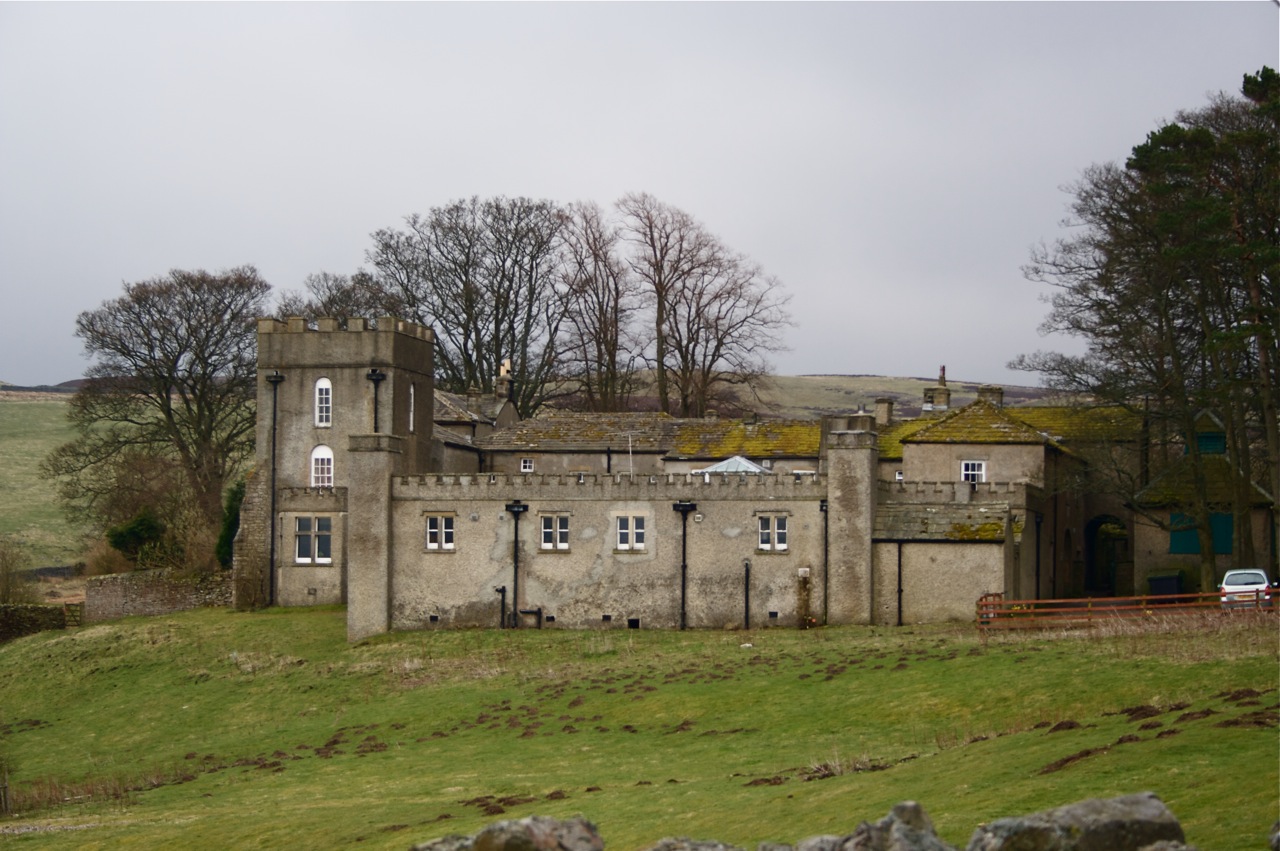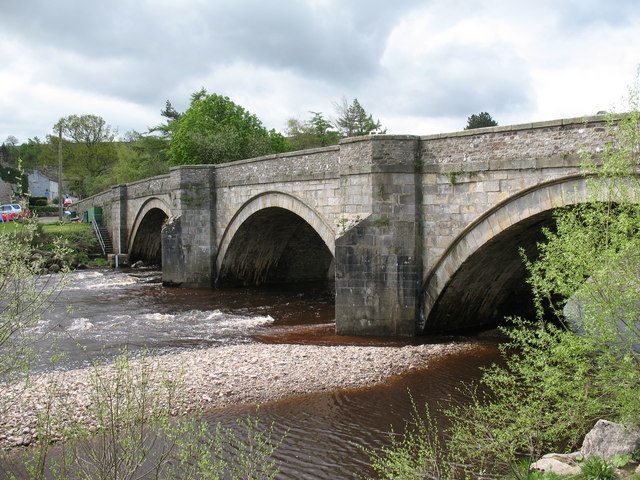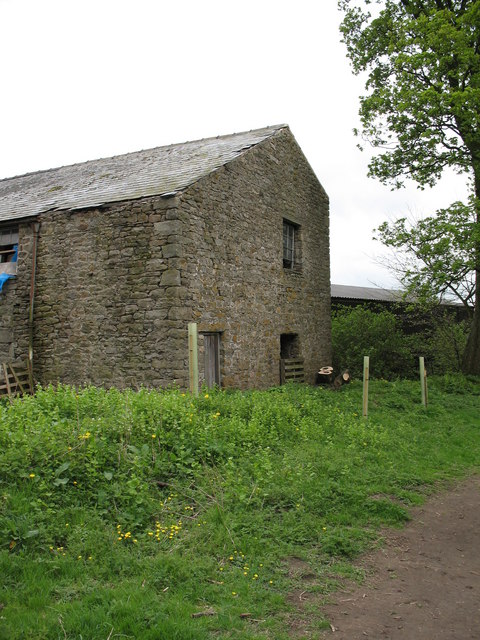Cogden Wood
Wood, Forest in Yorkshire Richmondshire
England
Cogden Wood

Cogden Wood is a picturesque forest located in the county of Yorkshire, England. Situated near the market town of Whitby, the wood covers an area of approximately 200 acres and is a popular destination for nature enthusiasts and hikers alike.
The forest is characterized by its diverse range of tree species, including oak, ash, birch, and beech. The dense canopy of foliage provides a tranquil and serene atmosphere, making it an ideal place for visitors to escape the hustle and bustle of everyday life.
Cogden Wood is also home to a variety of wildlife, with many species of birds, mammals, and insects finding refuge within its boundaries. Birdwatchers will be delighted to spot woodpeckers, nuthatches, and tawny owls among the treetops, while keen-eyed visitors may also catch a glimpse of shy woodland creatures such as squirrels and deer.
The forest offers a network of well-maintained trails, allowing visitors to explore its beauty at their own pace. These trails cater to all levels of fitness and provide the opportunity to discover hidden gems within the wood, such as enchanting waterfalls and secluded picnic spots.
Cogden Wood is not only a haven for nature lovers but also serves as an important ecological site, contributing to the overall biodiversity and conservation efforts of the region. Whether one seeks solitude, adventure, or a chance to reconnect with nature, Cogden Wood offers an immersive experience that showcases the beauty and tranquility of Yorkshire's natural landscape.
If you have any feedback on the listing, please let us know in the comments section below.
Cogden Wood Images
Images are sourced within 2km of 54.373887/-1.9168723 or Grid Reference SE0597. Thanks to Geograph Open Source API. All images are credited.











Cogden Wood is located at Grid Ref: SE0597 (Lat: 54.373887, Lng: -1.9168723)
Division: North Riding
Administrative County: North Yorkshire
District: Richmondshire
Police Authority: North Yorkshire
What 3 Words
///iterative.carting.operation. Near Leyburn, North Yorkshire
Nearby Locations
Related Wikis
Grinton Lodge
Grinton Lodge is a 19th-century former shooting lodge that has been a youth hostel since 1948. A Grade II listed building, it is situated above the village...
Grinton
Grinton is a small village and civil parish in the Yorkshire Dales, North Yorkshire, England. Close to Reeth and Fremington, it lies 9 miles (15 km) west...
Marrick Priory
Marrick Priory was a Benedictine nunnery in Richmondshire, North Yorkshire, England, established between 1140 and 1160 by Roger de Aske. The parish Church...
Swaledale Festival
The Swaledale Festival takes place over two weeks in May and June each year, in churches, chapels, castles, ‘Literary Institutes’, pubs, fields and village...
Grinton Smelt Mill
Grinton Smelt Mill (also known as How Mill) is a ruined lead mining and processing site on Cogden Moor, south of Grinton in Swaledale, North Yorkshire...
Arkle Beck
Arkle Beck is the stream running through the valley of Arkengarthdale in the Yorkshire Dales, England. It is a tributary of the River Swale, which it joins...
Fremington, North Yorkshire
Fremington is a hamlet in the Yorkshire Dales in North Yorkshire, England. The hamlet is almost joined to Reeth and Grinton. It is split into Low Fremington...
Reeth
Reeth is a village 11 miles (18 km) west of Richmond in North Yorkshire, England, in the civil parish of Reeth, Fremington and Healaugh. Historically part...
Nearby Amenities
Located within 500m of 54.373887,-1.9168723Have you been to Cogden Wood?
Leave your review of Cogden Wood below (or comments, questions and feedback).













